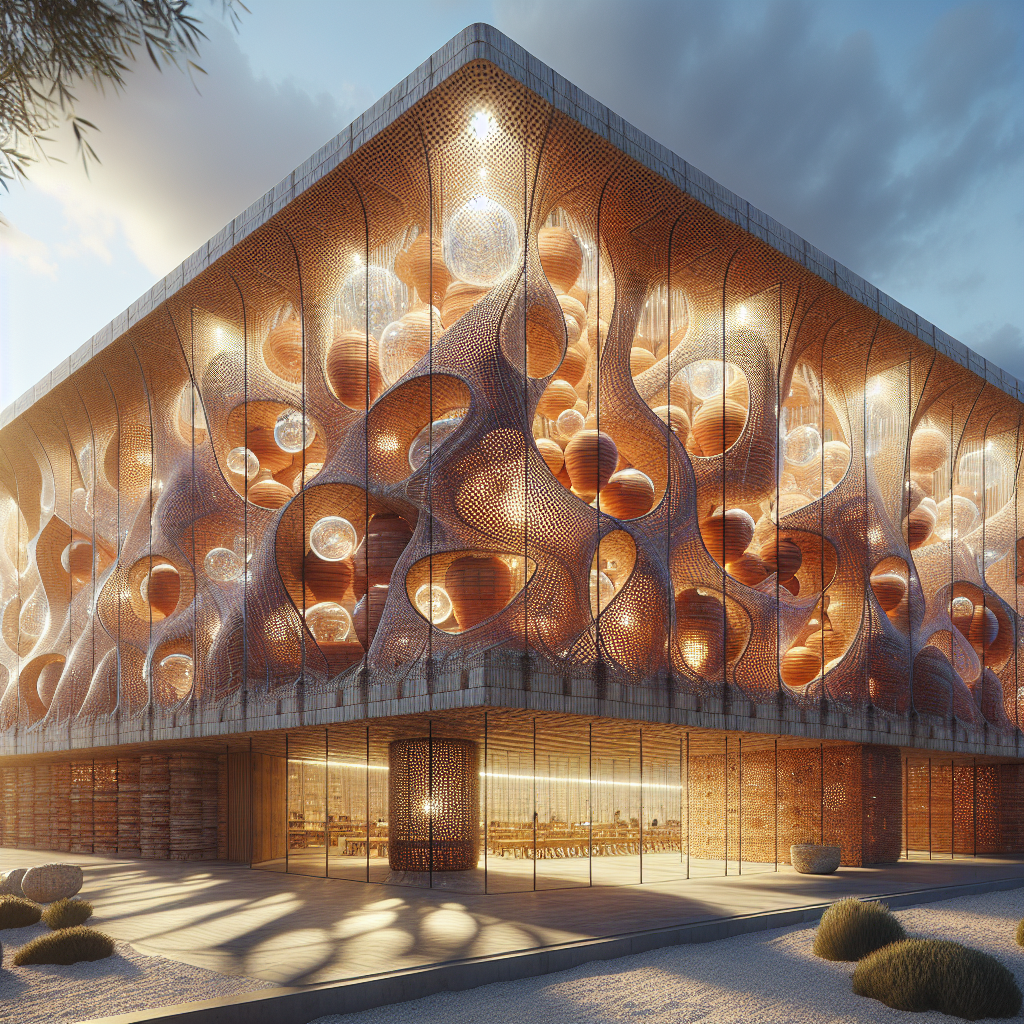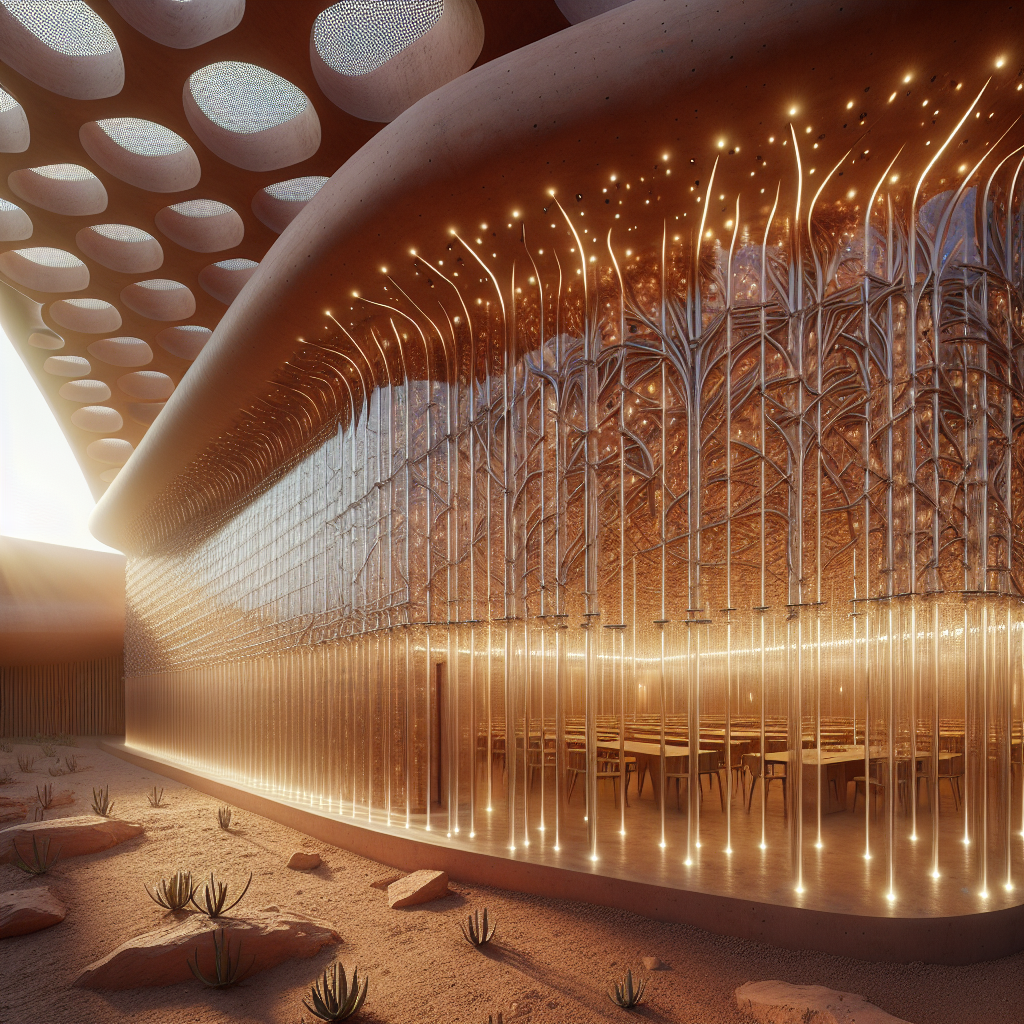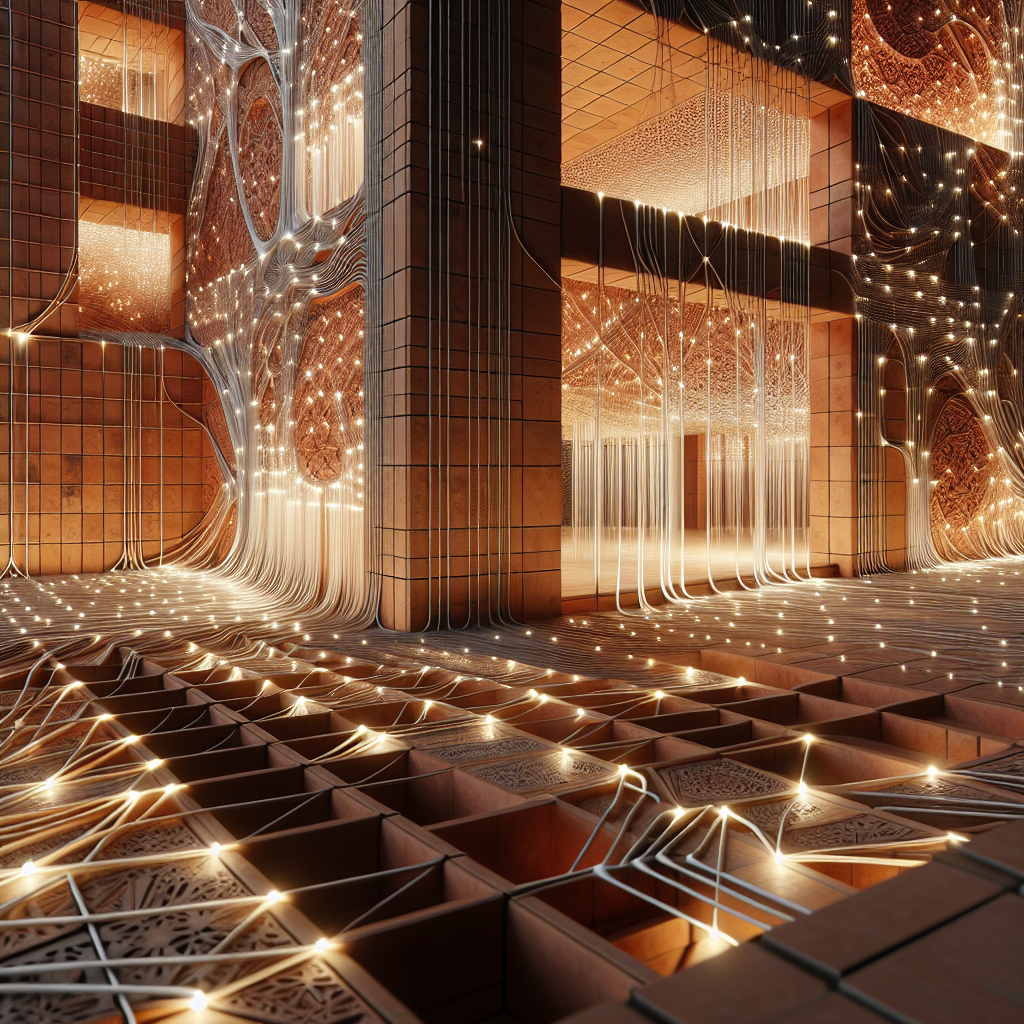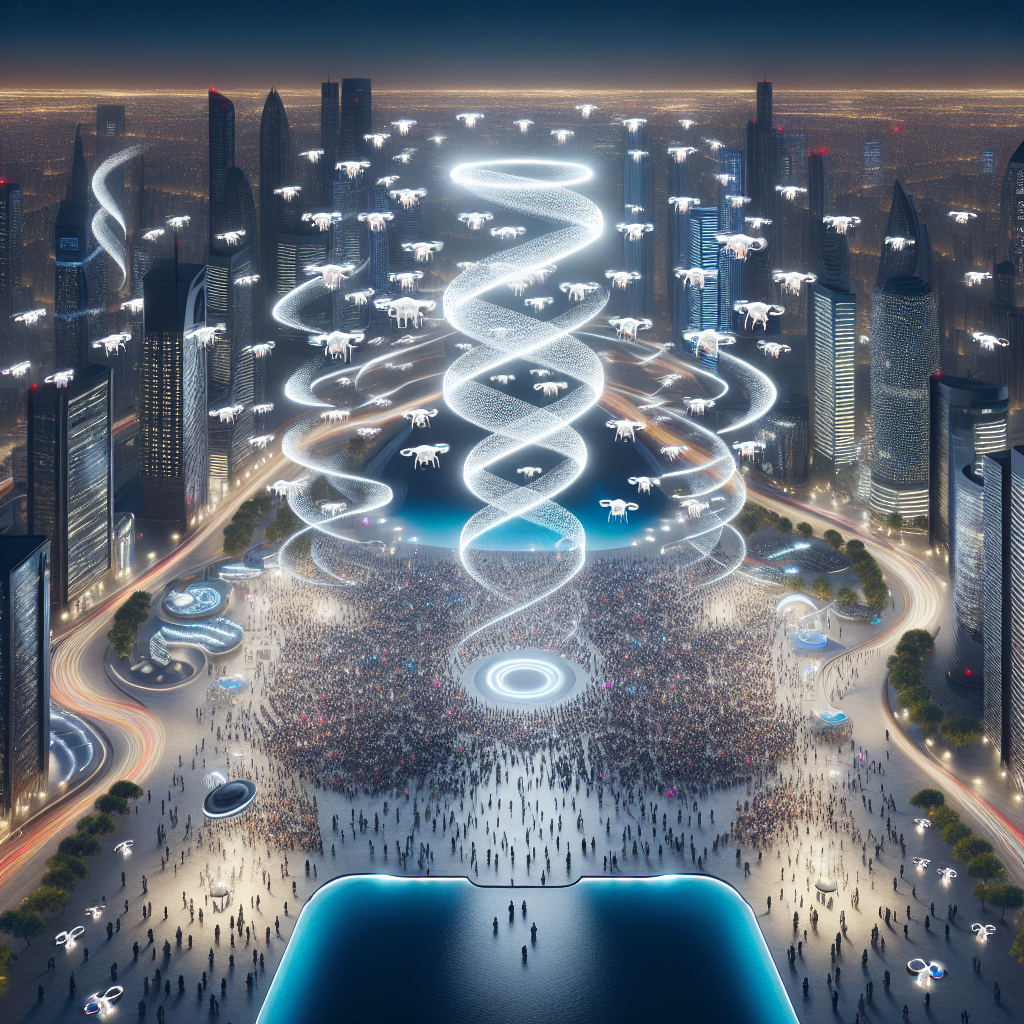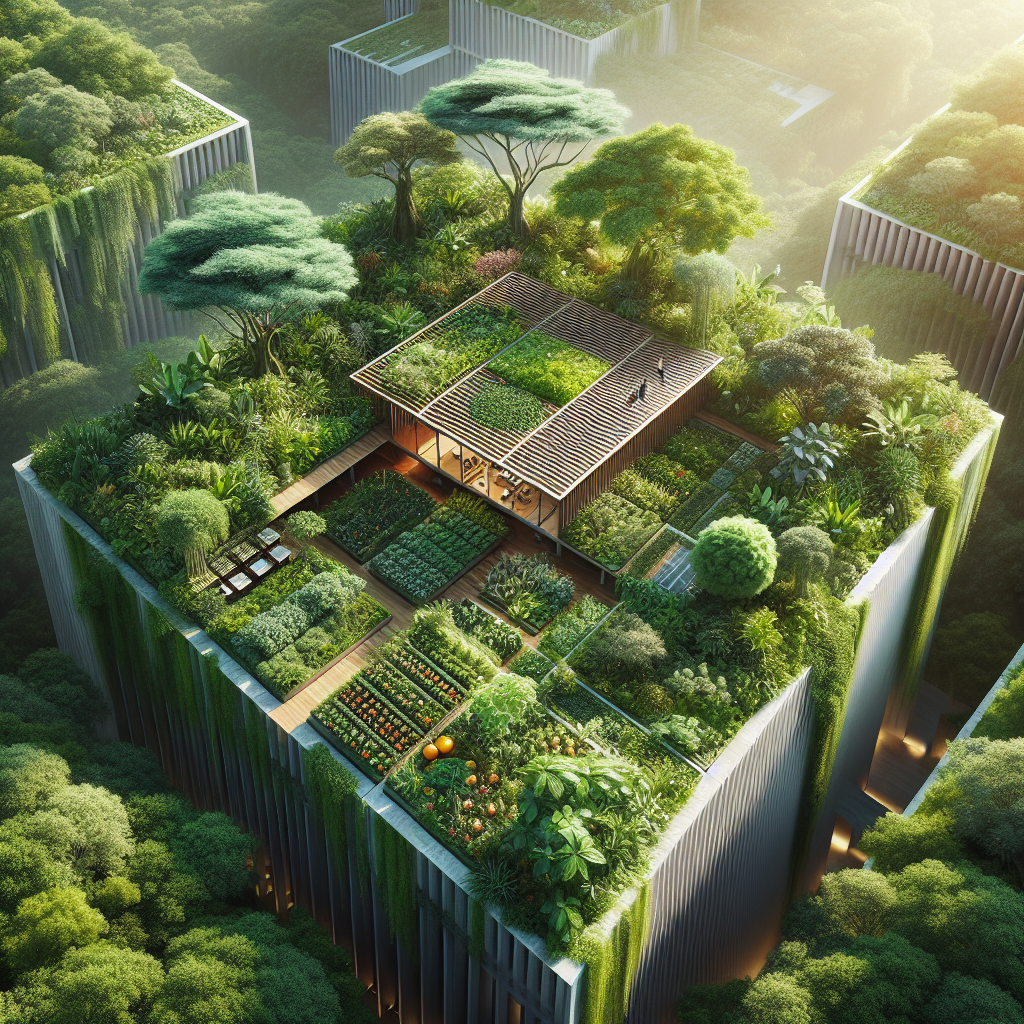Hardwired terracotta rethinking: ceramics with embedded glass
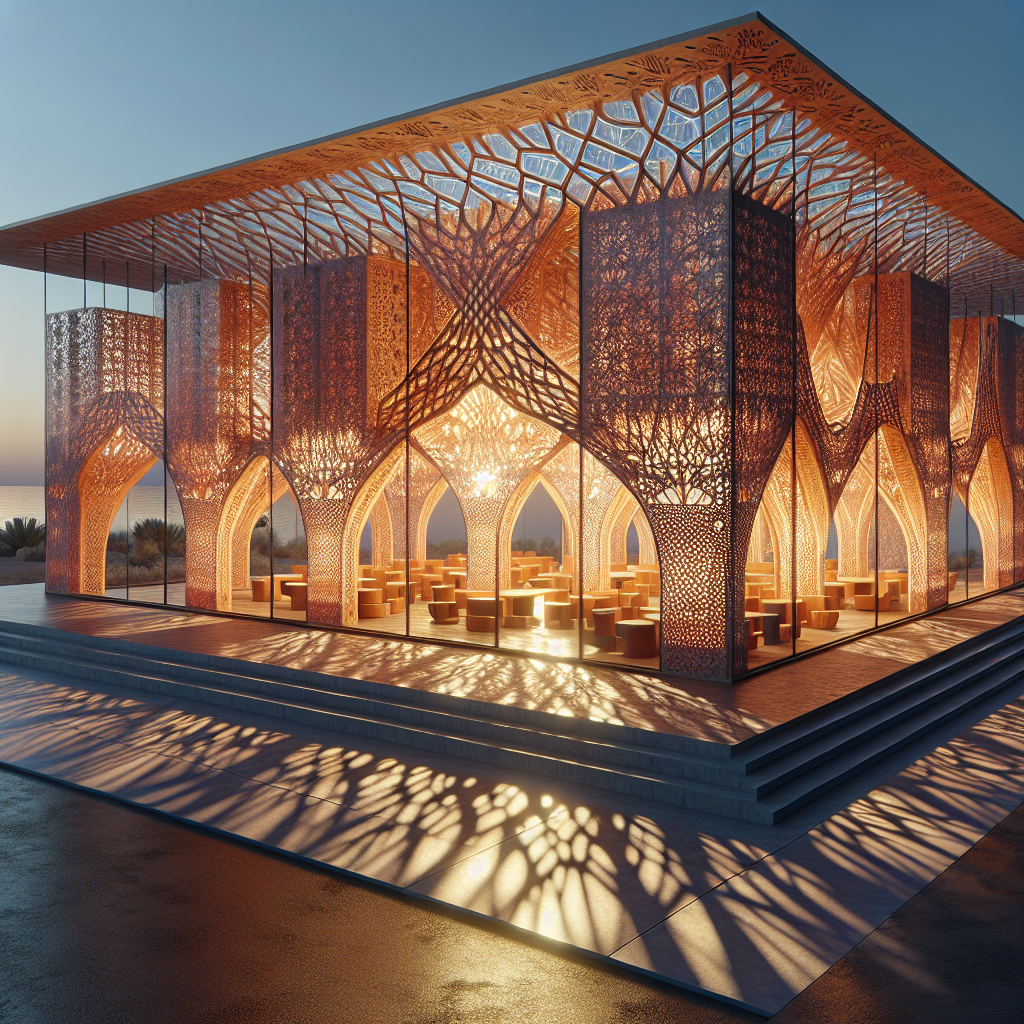
Hardwired Terracotta Rethinking: Ceramics with Embedded Glass
Terracotta, the ancient material that once defined the architecture of empires, is being reimagined for the 21st century. No longer confined to rustic tiles or ornamental façades, this humble clay is now the foundation for a new wave of material innovation—ceramics with embedded glass. This hybrid, often referred to as “hardwired terracotta,” merges the tactile warmth of fired earth with the luminous precision of glass, producing surfaces that are both structurally resilient and visually ethereal. The result is a material language that bridges craft and computation, tradition and technology, permanence and light.
The Material Renaissance of Terracotta
In recent years, terracotta has reemerged as a key player in sustainable architecture. Its natural composition, breathability, and thermal mass make it an environmentally responsible choice for façades and interiors alike. Yet, designers are no longer content with nostalgia. They are exploring how terracotta can evolve—how it can interact with light, data, and even energy. This evolution parallels the digital fabrication revolution that has transformed the way materials are conceived and produced.
By embedding glass directly into ceramic matrices during the firing process, researchers and artisans are achieving a new kind of composite—one that captures the translucency of glass within the earthy body of clay. The technique involves carefully calibrated temperature gradients, allowing molten glass to fuse with the ceramic substrate without cracking or delamination. The result is a seamless integration that can transmit light, color, and even heat through the surface itself.
From Ancient Craft to Advanced Composite
The concept of combining glass and ceramics is not entirely new. Ancient Mesopotamian artisans experimented with glazed bricks, and the Ishtar Gate of Babylon remains a dazzling example of early material fusion. Yet, today’s designers are taking this dialogue much further. Instead of surface glazing, they are embedding glass as a structural and expressive element within the ceramic mass itself.
Architectural studios across Europe and Asia are experimenting with this technique to create façades that shimmer subtly as daylight shifts. The embedded glass refracts sunlight into interiors, creating dynamic plays of color and shadow reminiscent of stained glass—but without the fragility. In some cases, the glass inclusions are functional, channeling fiber optics or photovoltaic filaments, transforming terracotta into a medium for light transmission and energy collection.
Material Intelligence: The Science Behind the Fusion
At the core of this innovation lies a precise understanding of material science. Terracotta and glass have different coefficients of thermal expansion, meaning they expand and contract at different rates when heated or cooled. Achieving a stable bond requires advanced modeling and kiln control, often guided by parametric design software and AI-assisted simulations. This convergence of craft and computation echoes the principles of parametric design, where algorithms optimize form and performance simultaneously.
Some research laboratories are developing “gradient ceramics,” where the clay body gradually transitions in density and composition toward the glass inclusion. This gradient reduces stress at the interface, allowing the materials to coexist harmoniously. The resulting pieces are not only visually captivating but also structurally robust—capable of withstanding the demands of exterior cladding, flooring, or even load-bearing applications.
Architectural Applications: From Façades to Furniture
One of the most striking applications of ceramics with embedded glass can be seen in contemporary façades. In Milan, a boutique office building recently unveiled a terracotta screen system with glass filaments running through its ribs. By day, the façade appears as a rhythmic terracotta lattice; by night, it glows softly from within, illuminated by embedded LEDs refracted through the glass veins. The interplay of opacity and translucency transforms the building into a living organism that breathes light.
Interior designers are also embracing this hybrid material for surfaces and furniture. Tabletops, wall panels, and lighting fixtures crafted from terracotta-glass composites exude a tactile warmth rarely found in industrial materials. The embedded glass captures and diffuses ambient light, producing a subtle luminescence that changes throughout the day. It’s a poetic response to the sterile minimalism that once dominated contemporary interiors, echoing the organic sensibility of biophilic design.
Sustainability and the Circular Future of Ceramics
Beyond aesthetics, the environmental implications of this material are profound. Terracotta is inherently sustainable—derived from abundant natural clay and fired at relatively low temperatures compared to metals or concrete. When combined with recycled glass, the composite becomes part of a circular design strategy, reducing waste and extending material lifecycles. This aligns with the broader movement toward zero-waste architecture and regenerative design principles.
Some experimental studios are even incorporating waste glass from demolished buildings into new terracotta panels, effectively “hardwiring” urban memory into the material itself. The embedded fragments tell a story of continuity—old glass reborn within new clay, bridging eras through texture and translucency. It’s a tangible manifestation of sustainable storytelling, where materials become archives of place and time.
Case Study: The Lisbon Light Pavilion
In Lisbon, the Light Pavilion by Atelier Nuno Cera stands as a pioneering example of this material innovation. The pavilion’s outer shell is composed of terracotta tiles embedded with narrow glass rods. During the day, sunlight filters through the rods, projecting dappled patterns onto the interior surfaces. At night, the same rods channel LED light outward, transforming the structure into a glowing beacon. The design team collaborated with material scientists to fine-tune the firing process, ensuring that the glass inclusions remained optically clear and structurally integrated.
The project exemplifies how hardwired terracotta can serve both poetic and pragmatic functions—modulating light, enhancing energy efficiency, and enriching spatial experience. It also demonstrates the potential for localized production, as the tiles were fabricated using Portuguese clay and recycled glass sourced from nearby construction waste.
Rethinking the Future of Ceramics
The fusion of terracotta and glass represents more than a technical achievement; it signals a philosophical shift in how designers approach materials. Instead of treating ceramics as static, opaque surfaces, they are now seen as dynamic, responsive systems capable of interaction and adaptation. This mirrors broader architectural trends toward smart materials and responsive façades, where surfaces react to environmental stimuli.
As climate-responsive design becomes a necessity rather than a choice, materials like hardwired terracotta offer a path forward—one that honors tradition while embracing innovation. The porous, breathable nature of clay complements the reflective, light-transmitting properties of glass, creating a balanced material ecology. In a world increasingly dominated by synthetic composites, this return to elemental materials—earth and silica—feels both radical and restorative.
Conclusion: A New Language of Light and Earth
Hardwired terracotta is not merely a fusion of two materials; it’s a synthesis of philosophies. It unites the tactile intimacy of craft with the precision of technology, the permanence of earth with the ephemerality of light. As architects and designers continue to explore its potential, this composite may redefine how we perceive surfaces—not as boundaries, but as mediators between inside and out, past and future.
In this new material narrative, ceramics with embedded glass stand as a testament to design’s evolving consciousness: one that values beauty, sustainability, and innovation in equal measure. The future of architecture may well be written in clay and glass—hardwired, luminous, and profoundly human.
Keywords: hardwired terracotta, ceramics with embedded glass, sustainable architecture, material innovation, glass ceramics, architectural materials, façade design, design trends 2025
For more explorations into material innovation and architectural futures, discover how biodegradable architecture and reclaimed materials are reshaping the built environment.
Published on 11/16/2025
